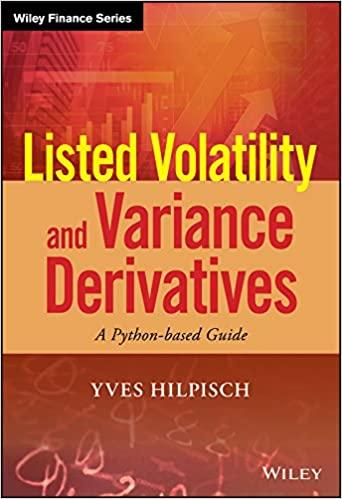Question
Suppose the risk-free rate is 3%. And the market interest rate is 5%. There are two stocks A and B. Both pay annual dividends per
Suppose the risk-free rate is 3%. And the market interest rate is 5%. There are two stocks A and B. Both pay annual dividends per share of $2 and $3, respectively. The correlations (denoted as corr(x,y)) between their returns and the market return are corr(r1,rm) = 0.2 and corr(r2,rm) = 0.7, respectively. The standard deviations (denoted as ) of their returns and the market return are 1 = 0.4, 2 = 0.6, and m = 0.3, respectively. (Note: The x and y above are two arbitrary random variables representing time series of returns.)
a. What are the returns (r1 and r2) for these two stocks from CAPM? (Hint: when you are computing beta, be aware that Cov(x,y)= corr(x,y)*x*y , Cov denotes covariance here.)
b. What are the prices of these two stocks if the dividend is not growing?
c. What are the Sharp ratios for these stocks and the market portfolio?
d. If 30% of my portfolio is stock A, the rest of it is stock B. What is the variance of my portfolio if E (r1 * r2) = 0.2? (Hint: Cov(x,y) = E(x*y) E(x)*E(y))
Step by Step Solution
There are 3 Steps involved in it
Step: 1

Get Instant Access to Expert-Tailored Solutions
See step-by-step solutions with expert insights and AI powered tools for academic success
Step: 2

Step: 3

Ace Your Homework with AI
Get the answers you need in no time with our AI-driven, step-by-step assistance
Get Started


